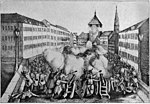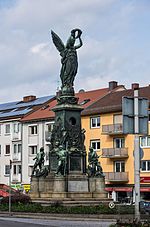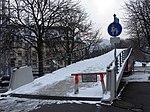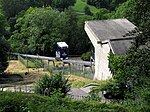Operation Tigerfish
1944 in Germany1944 in military historyGermany–United Kingdom military relationsHistory of Freiburg im BreisgauHistory of the Royal Air Force during World War II ... and 1 more
World War II strategic bombing of Germany
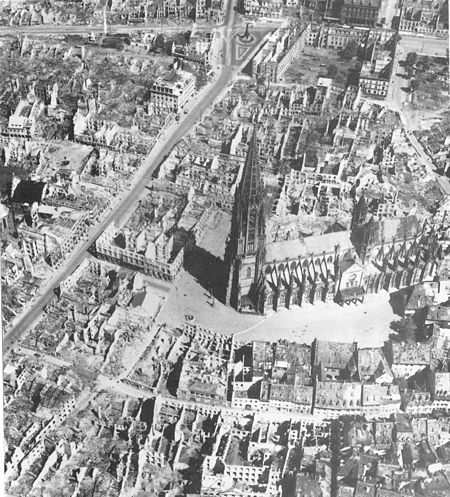
Operation Tigerfish was the military code name in World War II for the air raid on Freiburg in the evening of 27 November 1944 by the Royal Air Force with about 2,800 dead. The name Tigerfish goes back to Air Vice-Marshal Robert Saundby, an avid fisherman who codenamed all German cities "fitted" for carpet bombing with a Fish code. Saundby was the deputy of Air Chief Marshal Arthur Harris, Air Officer Commanding-in-Chief of RAF Bomber Command.
Excerpt from the Wikipedia article Operation Tigerfish (License: CC BY-SA 3.0, Authors, Images).Operation Tigerfish
Hermann-Herder-Straße, Freiburg im Breisgau Neuburg
Geographical coordinates (GPS) Address Nearby Places Show on map
Geographical coordinates (GPS)
| Latitude | Longitude |
|---|---|
| N 48.0027 ° | E 7.8534 ° |
Address
Hermann-Herder-Straße
79104 Freiburg im Breisgau, Neuburg
Baden-Württemberg, Germany
Open on Google Maps



